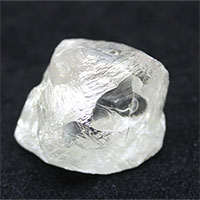What remains, according to experts, are silicate minerals such as clay and quartz, which are thought to have entered the atmosphere in the form of particles – dust particles 300 million years old.
The atmosphere of the ancient Earth 300 million years ago was much dustier than it is today.
This is the conclusion of US geologists in a recently published study.
To come to this conclusion, a team of experts led by researcher Mehrdad Sardar Abadi at the Mewbourne School of Geology and Energy at the University of Oklahoma conducted a collection of ancient atmospheric dust in the area that is the remnants of a shallow marine ecosystems in present-day Iran.
Similar to other regions of the modern world such as the Bahamas, shallow marine ecosystems cannot exist unless located in pristine waters far from river currents.

Earth’s atmosphere today is less dusty than it was 300 million years ago.
After studying these ecosystems, the experts found that the silicate particles they found were trapped in the air, not from a river.
The researchers identified and collected dust samples present in carbonate rock – a sedimentary rock consisting mainly of carbonate minerals, and currently “preserved” in the exposed rock in the northern mountains and Central Iran.
The carbonate rock samples were then subjected to a series of chemical treatments to extract the ancient dust.
What remains, according to experts, are silicate minerals such as clay and quartz, which are thought to have entered the atmosphere in the form of particles – dust particles 300 million years old. This means that Earth’s atmosphere in ancient times contained more dust than it does today.
In the study, experts also conducted geochemical experiments to analyze the iron content in ancient dust samples, thereby detecting that ancient atmospheric dust contained a significant proportion of iron capable of high chemical reaction.

